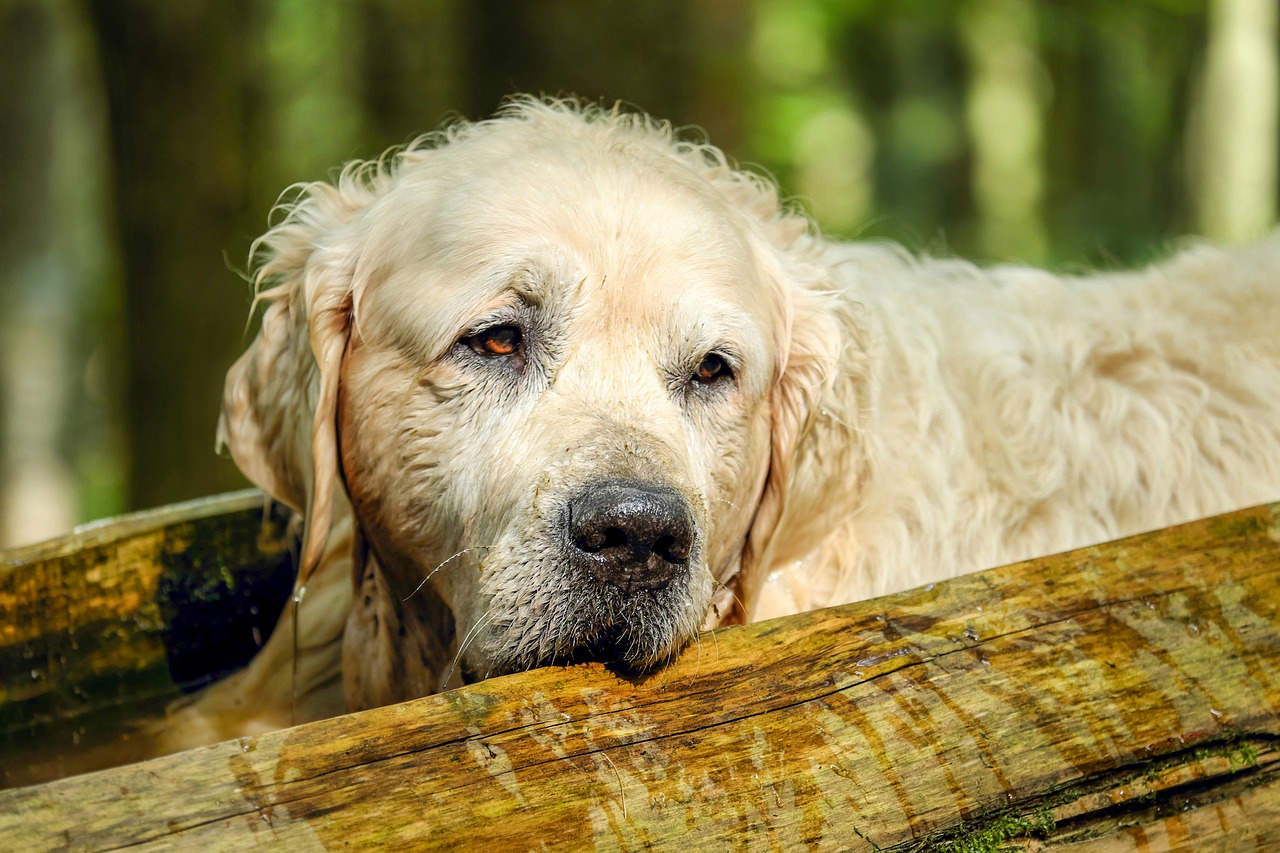This article provides essential guidance on handling dog bites at parks, including immediate actions, legal considerations, and preventive measures to ensure safety for all pets and their owners.
Understanding Dog Behavior
Gaining insight into dog behavior is crucial in preventing bites. Recognizing signs of aggression and stress can help dog owners manage their pets effectively in public spaces.
Immediate Steps to Take After a Dog Bite
If a dog bite occurs, knowing the immediate steps to take can mitigate harm:
- Assessing the Injured Dog: Evaluating the severity of the bite is essential. Look for visible injuries, signs of shock, and any need for immediate veterinary care.
- Checking for Wounds: Inspect the bitten dog for cuts, punctures, or abrasions. Properly assessing these wounds can determine whether first aid or veterinary assistance is necessary.
- Monitoring Behavior: Observe the bitten dog’s behavior for signs of pain or distress. Changes in demeanor can indicate the need for urgent medical evaluation.
Handling the Aggressive Dog
It’s vital to manage the dog responsible for the bite. Ensure it is safely restrained to prevent further incidents.
Legal Considerations Following a Dog Bite
Understanding the legal implications of a dog bite is essential for both parties involved:
- Identifying Liability: Determining who is liable for the dog bite can be complex, with factors like leash laws and owner negligence playing critical roles.
- Reporting the Incident: In many jurisdictions, dog bites must be reported to local authorities. Knowing the reporting process ensures proper documentation.
Preventive Measures to Avoid Future Incidents
Taking proactive steps can significantly reduce the risk of dog bites:
- Socialization and Training: Proper socialization and training are key to preventing aggressive behavior.
- Using Leashes and Muzzles: Utilizing leashes and muzzles can provide additional safety measures in public areas.
When to Seek Professional Help
Recognizing when to consult a professional can make a significant difference:
- Behavioral Issues: If a dog exhibits consistent aggressive behavior, seeking a professional trainer may be necessary.
- Medical Concerns: Aggression may stem from medical problems; consulting a veterinarian can help rule out health issues.
Conclusion: Ensuring Safe Dog Park Experiences
Fostering a safe environment in dog parks requires awareness, responsibility, and proactive measures. By understanding dog behavior and taking appropriate actions, owners can help prevent incidents and promote positive interactions.
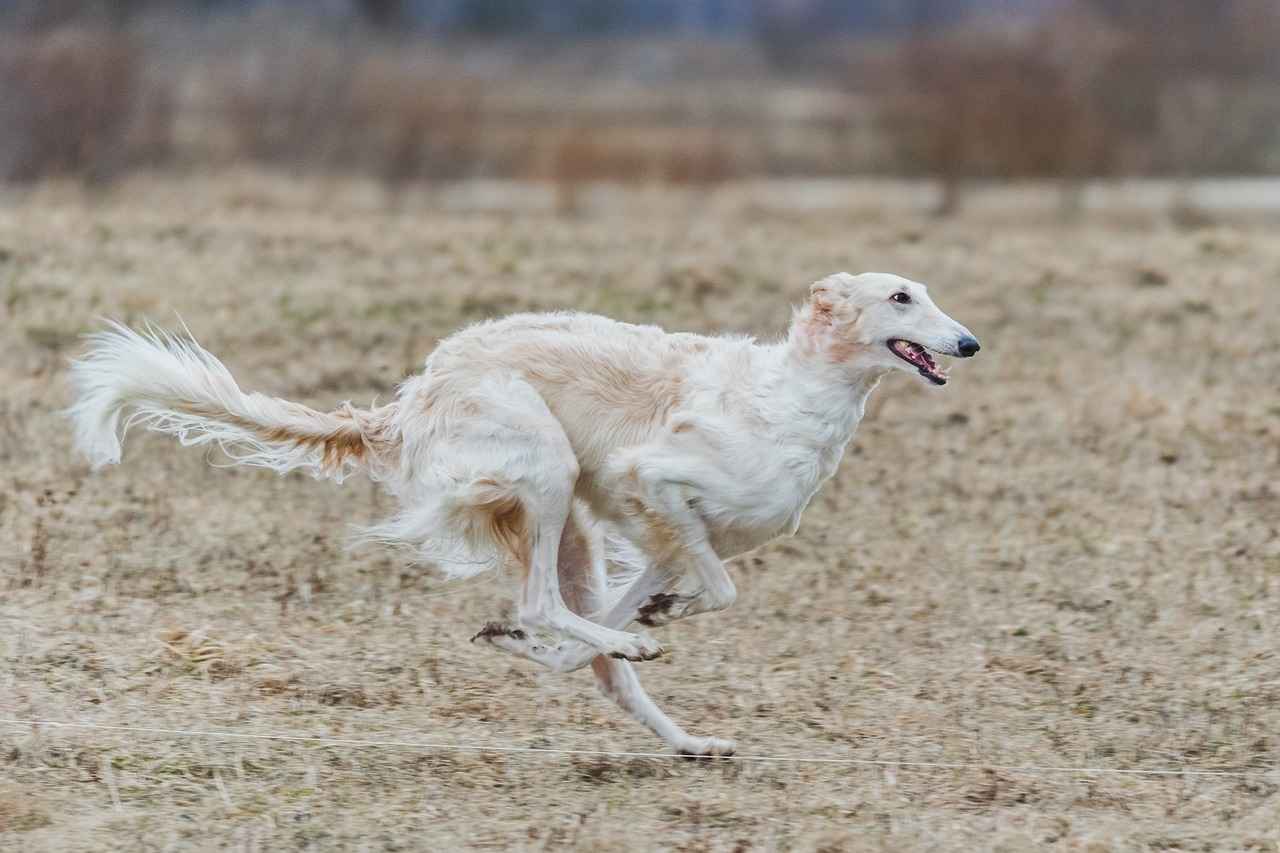
Understanding Dog Behavior
is a fundamental aspect of responsible pet ownership. By gaining insight into a dog’s behavior, owners can significantly reduce the risk of aggressive incidents, including bites. Dogs communicate primarily through body language, and recognizing the signs of aggression or stress can empower owners to act appropriately in various situations.
Dogs display a range of behaviors that indicate their emotional state. For example, a dog that is feeling threatened may exhibit signs such as raised hackles, bared teeth, or a stiff body posture. Conversely, signs of a relaxed dog include a wagging tail and a loose body posture. Understanding these signals is crucial for preventing misunderstandings that can lead to aggression.
- Signs of Aggression:
- Growling or barking
- Stiff body language
- Direct eye contact
- Snapping or lunging
- Signs of Stress:
- Yawning or lip licking
- Whining or whimpering
- Excessive panting
- Seeking to escape or hide
By recognizing these signs, dog owners can take proactive measures to manage their pets effectively, especially in public spaces like parks. For instance, if a dog shows signs of stress when approached by another dog, the owner can intervene before the situation escalates. This not only protects the dog but also promotes a safer environment for all animals and their owners.
Moreover, educating oneself about dog behavior can enhance the overall experience of visiting dog parks. Understanding how dogs interact with one another can lead to healthier socialization and reduce the likelihood of negative encounters. In summary, a solid grasp of dog behavior is essential for any dog owner committed to ensuring safe and enjoyable experiences for their pets.
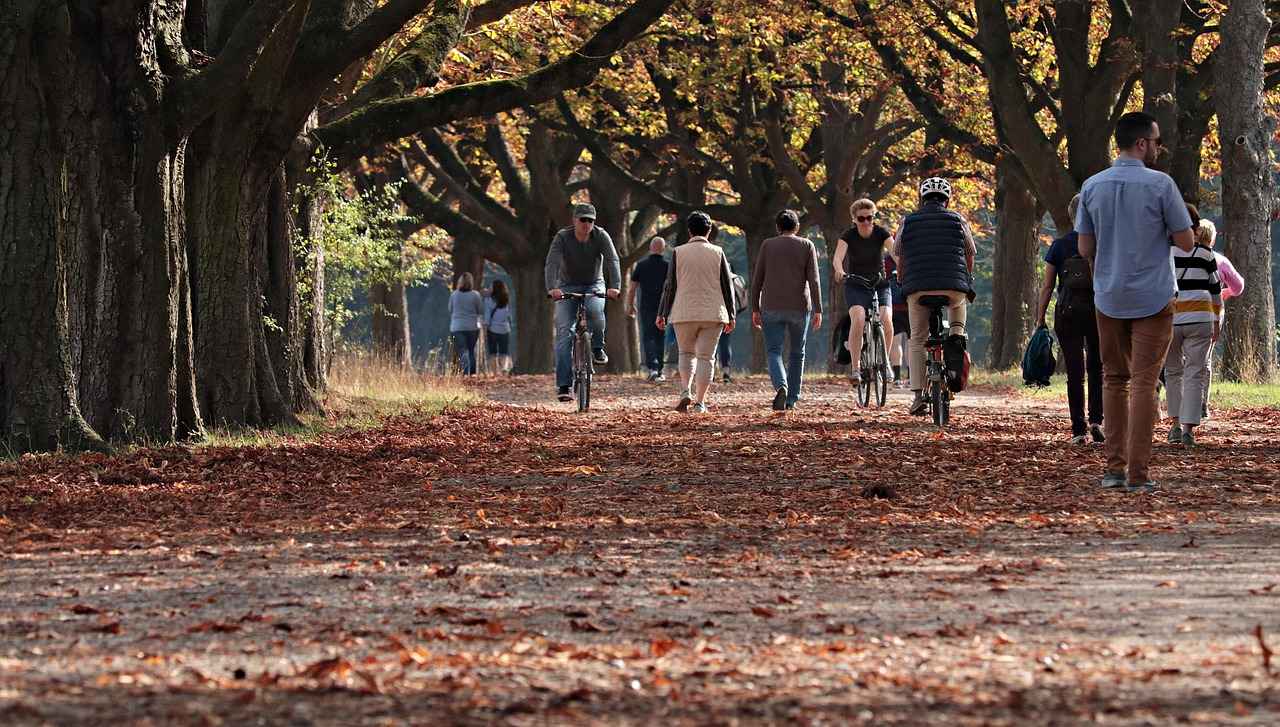
Immediate Steps to Take After a Dog Bite
Experiencing a dog bite can be a distressing situation for both the dog owner and the bitten dog. Understanding the immediate steps to take can significantly mitigate harm and ensure the safety of all involved. Here’s a comprehensive guide on how to respond effectively.
- Stay Calm: It’s crucial to remain composed. Panic can exacerbate the situation and may further stress the dogs involved.
- Assess the Situation: Quickly evaluate the environment and the dogs’ behavior. Ensure that there is no ongoing threat before proceeding.
Assessing the Injured Dog
- Check for Visible Injuries: Look for cuts, puncture wounds, or swelling. Even minor injuries should be taken seriously as they can lead to infections.
- Monitor for Shock: Signs of shock include rapid breathing, weakness, or unresponsiveness. If these symptoms are present, seek veterinary help immediately.
Providing First Aid:
- Control Bleeding: If the dog is bleeding, apply gentle pressure with a clean cloth or bandage until the bleeding stops.
- Clean the Wound: Rinse the wound gently with clean water. Avoid using alcohol or hydrogen peroxide, as these can irritate the tissue.
Contact a Veterinarian: Regardless of the severity of the injury, it is essential to contact a veterinarian for professional advice. They can provide guidance on further treatment and assess the need for vaccinations, such as rabies.
Handling the Aggressive Dog: If the dog that caused the bite is still present, ensure it is safely restrained to prevent further incidents. Use a leash or muzzle if necessary.
In conclusion, knowing the immediate steps to take after a dog bite can help ensure the safety and well-being of both dogs involved. Always prioritize seeking professional help and follow up with your veterinarian for any necessary treatments.
Assessing the Injured Dog
When a dog bite occurs, immediate assessment of the injured dog is crucial for ensuring its well-being. This process involves several steps that help determine the severity of the injury and the necessary actions to take.
Visible Injuries
Start by carefully inspecting the dog for visible wounds. Look for:
- Cuts: These may vary in size and depth.
- Puncture Wounds: Often caused by canine teeth, these can be serious.
- Abrasions: Scrapes on the skin that may indicate trauma.
It is essential to assess the location and severity of these injuries, as they can help determine whether first aid is sufficient or if veterinary care is urgently needed.
Signs of Shock
In addition to visible injuries, watch for signs of shock, which can include:
- Rapid breathing or panting
- Weakness or lethargy
- Cold, pale gums
- Unresponsiveness or altered behavior
Recognizing these symptoms is vital, as shock can be life-threatening and requires immediate veterinary attention.
Need for Veterinary Care
If the dog exhibits any of the above signs, it is important to seek immediate veterinary care. A veterinarian can provide a thorough examination and necessary treatments, such as:
- Wound cleaning and suturing
- Pain management
- Vaccinations, if required
Prompt action can significantly improve the dog’s chances of a full recovery and prevent complications.
Conclusion
In summary, assessing an injured dog after a bite is a critical step in ensuring its health and safety. By looking for visible injuries, monitoring for signs of shock, and knowing when to seek professional help, dog owners can effectively manage the situation and provide the necessary care.
Checking for Wounds
is a critical step in ensuring the well-being of a dog that has been bitten. When a dog is injured, it is essential to conduct a thorough examination to identify any wounds that may require immediate attention. Below are some detailed steps to guide you through this process.
- Examine the Area: Start by gently inspecting the area where the bite occurred. Look for cuts, punctures, or abrasions that may not be immediately visible.
- Look for Signs of Infection: Be on the lookout for signs such as swelling, redness, or discharge, which may indicate an infection. If any of these symptoms are present, seek veterinary assistance promptly.
- Assess the Severity: Determine whether the wound is superficial or deep. Deep puncture wounds may require stitches or other medical intervention, while minor cuts can often be treated with basic first aid.
- Check for Bleeding: If you notice bleeding, apply gentle pressure with a clean cloth or bandage to control it. If bleeding does not stop within a few minutes, it is crucial to consult a veterinarian.
- Monitor for Shock: Observe the dog for signs of shock, such as panting, weakness, or confusion. If the dog shows any of these symptoms, it is vital to seek emergency veterinary care.
After conducting a thorough examination, you will have a better understanding of the dog’s condition and whether first aid at home is sufficient or if professional veterinary assistance is necessary. Always err on the side of caution when it comes to your pet’s health.
In conclusion, checking for wounds after a dog bite is not just about treating visible injuries; it also involves understanding the potential for more serious underlying issues. Keeping a close eye on the dog’s behavior and physical state will ensure a quicker recovery and better overall health.
Monitoring Behavior
is an essential step in ensuring the well-being of a dog that has been bitten. After a dog bite incident, it is crucial to pay close attention to the affected dog’s behavior. This observation can provide valuable insights into the dog’s emotional and physical state, which may not always be immediately apparent.
When assessing the bitten dog, look for signs of pain or distress. Common indicators include:
- Whining or whimpering: Vocalizations can suggest discomfort or fear.
- Changes in posture: A dog may crouch, tuck its tail, or avoid eye contact when in pain.
- Aggression or withdrawal: A previously friendly dog may become aggressive or seek to isolate itself.
- Increased heart rate or panting: Physical signs of stress can manifest through rapid breathing or a racing heart.
It is important to note that behavioral changes can vary widely among dogs. Some may display overt signs of distress, while others may mask their pain. Therefore, it is advisable to err on the side of caution and seek urgent medical evaluation if any concerning behaviors are observed.
Additionally, consider the environment and the dog’s history. If the dog has a history of anxiety or aggression, the response to a bite may be more pronounced. In such cases, consulting a veterinarian or a professional dog trainer can provide further guidance on managing the dog’s behavior and ensuring its safety.
In conclusion, monitoring the behavior of a bitten dog is crucial for identifying potential health issues and ensuring proper care. By staying vigilant and responsive to the dog’s needs, owners can facilitate a smoother recovery process and promote a safer environment for all dogs.
Handling the Aggressive Dog
is a crucial aspect of ensuring safety in environments where dogs interact, such as parks. When a dog exhibits aggressive behavior, it is essential to respond appropriately to prevent further incidents and protect all involved. Here are some key points to consider when managing an aggressive dog:
- Recognize Warning Signs: Understanding canine body language is vital. Look for signs such as raised hackles, growling, bared teeth, or a stiff posture. These behaviors often indicate that a dog is feeling threatened or is ready to act aggressively.
- Stay Calm: Your demeanor can influence the dog’s behavior. Remaining calm and composed can help de-escalate a situation. Avoid yelling or making sudden movements that could startle the dog.
- Secure the Dog: If you are the owner of the aggressive dog, ensure it is on a secure leash and, if necessary, use a muzzle. This will help prevent it from causing harm to other dogs or people.
- Remove Triggers: Identify and eliminate any triggers that may provoke aggressive behavior. This could include other dogs, loud noises, or unfamiliar people. Creating a safe space can help the dog feel more secure.
- Seek Professional Help: If the aggressive behavior persists, consider consulting a professional dog trainer or behaviorist. They can provide tailored strategies to address the underlying issues contributing to the aggression.
In addition to these immediate actions, it’s essential to educate yourself about dog behavior and training techniques. Understanding the root causes of aggression can lead to more effective management strategies in the long term. Remember, responsible ownership includes the safety of not just your dog but also the community around you.
By taking these proactive steps, you can significantly reduce the likelihood of future incidents and ensure a more enjoyable experience for everyone at the park.
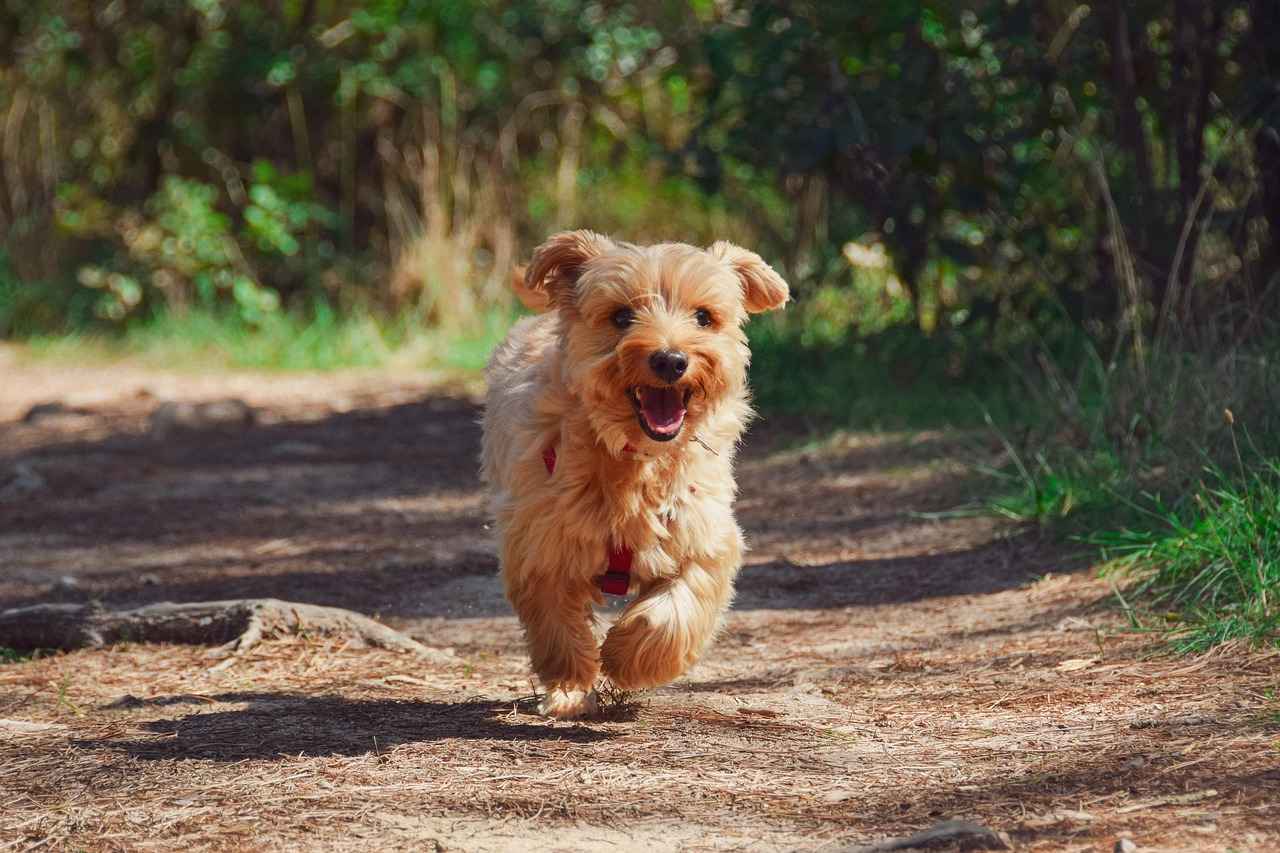
Legal Considerations Following a Dog Bite
Understanding the legal implications of a dog bite is essential for both parties involved. Dog bites can lead to serious consequences, not only for the victim but also for the dog owner. This section will explore the various aspects of liability, reporting requirements, and potential legal actions that may arise following such incidents.
Identifying Liability
Determining liability in dog bite cases can be complex. Several factors come into play, including:
- Owner Negligence: If the owner failed to control their dog or violated leash laws, they may be held responsible.
- Dog’s History: A dog with a known history of aggression may increase the owner’s liability.
- Location of the Incident: Where the bite occurred (public space vs. private property) can influence liability.
Reporting the Incident
In many jurisdictions, it is mandatory to report dog bites to local authorities. This process typically involves:
- Contacting animal control or local law enforcement.
- Providing details about the incident, including the parties involved and the dog’s vaccination status.
- Filing a report to ensure proper documentation for any future legal actions.
Potential Legal Actions
Victims of dog bites may pursue various legal actions, such as:
- Personal Injury Claims: Victims may seek compensation for medical expenses, lost wages, and pain and suffering.
- Negligence Lawsuits: If the owner was negligent, they could be held liable for damages.
- Criminal Charges: In severe cases, owners may face criminal charges if their dog poses a significant threat to public safety.
In conclusion, understanding the legal landscape surrounding dog bites is crucial for both victims and dog owners. Being aware of liability, reporting requirements, and potential legal actions can help navigate these challenging situations effectively.
Identifying Liability
When it comes to dog bites, determining liability can be a complicated process. Several factors must be taken into account to assess responsibility effectively. Understanding these factors can help both the victim and the dog owner navigate the aftermath of an incident.
- Leash Laws: Many jurisdictions have specific leash laws that dictate when and where dogs must be leashed. If an owner fails to comply with these laws, they may be held liable for any resulting injuries.
- Owner Negligence: If the dog owner was negligent in managing their pet, such as failing to secure a fence or allowing their dog to roam freely, they could be deemed responsible for the bite.
- Dog’s History: The history of the dog involved is crucial. If the dog has a known history of aggression or previous bites, this may significantly impact liability determinations.
- Victim’s Actions: The actions of the victim also play a role. If the victim provoked the dog or was trespassing, this may affect the outcome of liability assessments.
In many cases, liability is not clear-cut. It often requires a thorough investigation involving eyewitness accounts, police reports, and veterinary assessments. Engaging legal counsel experienced in dog bite cases can provide valuable guidance to navigate these complexities.
In conclusion, understanding the factors that influence liability in dog bite cases is essential for both dog owners and victims. By being aware of leash laws, owner responsibilities, and the history of the dog, individuals can better prepare themselves for potential incidents and their consequences.
Reporting the Incident
When a dog bite occurs, it is crucial to understand that is not just a legal obligation in many jurisdictions, but also a vital step in ensuring the safety of other dogs and their owners. Proper documentation of the event can significantly aid in any subsequent investigations and help prevent future incidents.
Each locality may have its own specific reporting process for dog bites. Typically, this involves contacting local animal control or law enforcement to file a report. Here are some key steps to follow:
- Gather Information: Collect details about the incident, including the date, time, and location of the bite, as well as the contact information of the dog owner and any witnesses.
- Document Injuries: Take photographs of any visible injuries sustained by the bitten dog. This can serve as important evidence.
- Report to Authorities: Reach out to local animal control or the police department. Provide them with all the gathered information for accurate documentation.
- Follow Up: After filing the report, inquire about the next steps and any potential follow-up that may be required from your side.
Understanding the legal implications of dog bites can also help in navigating the aftermath effectively. Reporting the incident can lead to an investigation that may reveal whether the aggressive dog has a history of similar behavior, which could impact liability and future safety measures.
Moreover, reporting can facilitate public health measures, especially if the biting dog is suspected of being rabid or has not been vaccinated. This action not only protects the bitten dog but also safeguards the broader community of pets and their owners.
In conclusion, knowing how to report a dog bite incident is essential for ensuring proper documentation and follow-up. By taking these steps, you contribute to a safer environment for all dogs and their owners in your community.
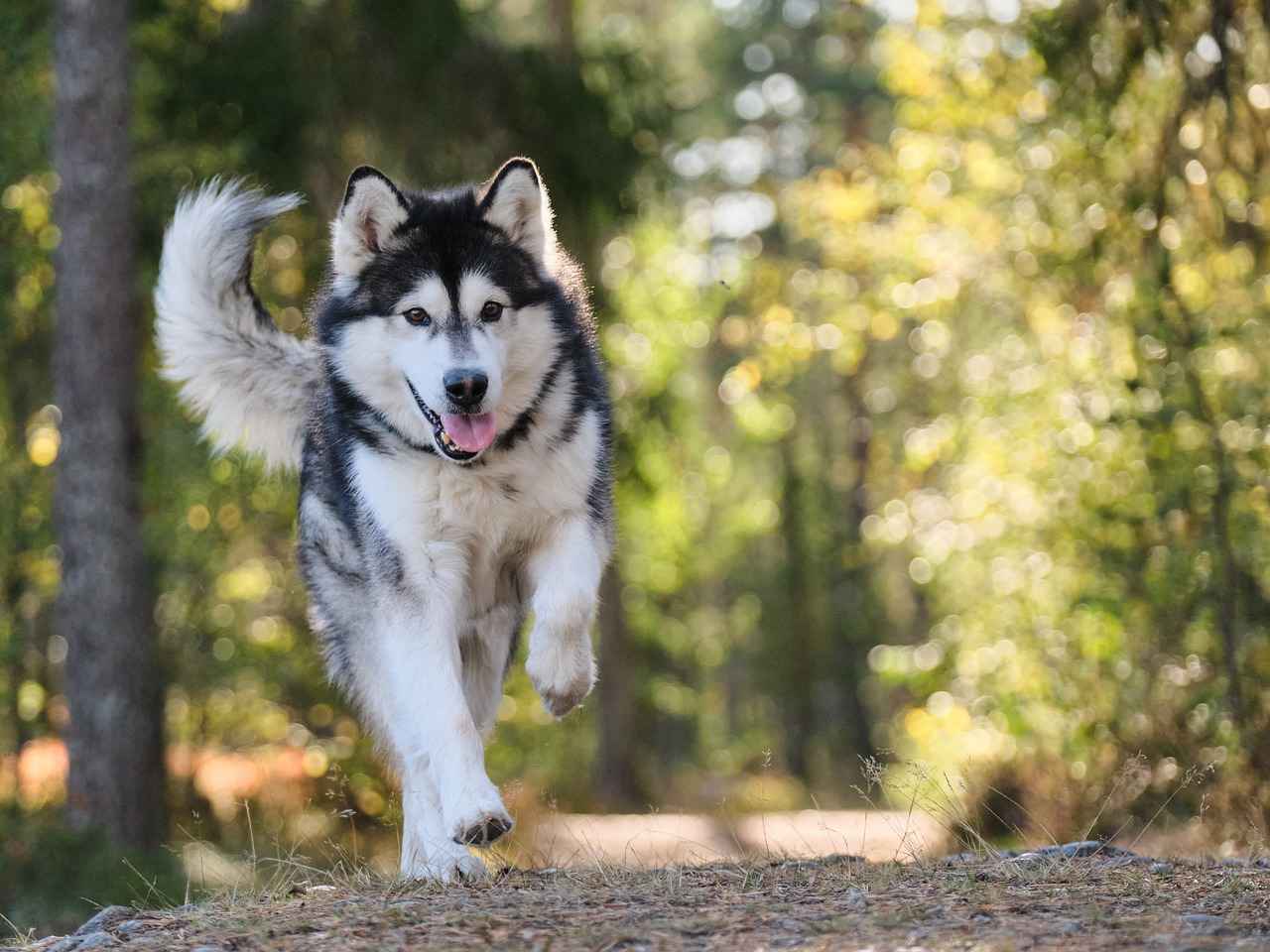
Preventive Measures to Avoid Future Incidents
When it comes to ensuring the safety of our furry companions, preventive measures are essential. By implementing effective strategies, dog owners can significantly reduce the risk of dog bites and promote harmonious interactions in public spaces.
- Socialization and Training
One of the most effective ways to prevent aggressive behavior is through proper socialization and training. Exposing dogs to various environments, people, and other animals from a young age can foster positive behavior. Engaging in regular training sessions can also help reinforce good manners and obedience, making dogs more manageable in public settings.
- Using Leashes and Muzzles
Utilizing leashes and muzzles can provide an extra layer of safety when dogs are in public areas. Leashes should be used to maintain control, while muzzles can be a temporary solution for dogs that may exhibit aggressive tendencies. It’s important to understand when and how to use these tools effectively to ensure responsible pet ownership.
- Monitoring Body Language
Being attuned to your dog’s body language is crucial in preventing potential conflicts. Signs of stress or aggression, such as raised hackles, growling, or a stiff posture, should be taken seriously. By recognizing these signals early, owners can intervene before a situation escalates.
- Creating a Safe Environment
Ensuring a safe environment for dogs is vital. This includes choosing dog parks that are well-maintained and have clear rules. Avoiding crowded areas during peak times can also help minimize stress for both dogs and their owners.
- Educating Others
Educating friends, family, and the community about dog behavior and safety can create a more harmonious environment. Sharing knowledge about how to approach dogs safely and what signs to look for can empower others to act responsibly around pets.
By implementing these preventive measures, dog owners can significantly enhance the safety of their pets and others in public spaces, creating a more enjoyable experience for everyone involved.
Socialization and Training
play a critical role in ensuring that dogs behave appropriately in public settings. Proper socialization helps dogs learn to interact positively with other animals and people, reducing the likelihood of aggressive behavior.
When dogs are exposed to various environments, sounds, and social situations during their formative months, they become more adaptable and less anxious. This exposure can lead to a calmer demeanor in unfamiliar settings, which is essential for preventing incidents such as dog bites.
Engaging dogs in positive experiences with other animals is vital. Here are some effective strategies:
- Early Socialization: Introduce your puppy to different breeds, sizes, and ages of dogs. This early exposure can help them learn appropriate social cues.
- Positive Reinforcement: Use treats and praise to reward good behavior during interactions with other dogs. This encourages them to behave well in future encounters.
- Controlled Playdates: Arrange playdates with friendly, well-socialized dogs. These controlled environments allow for safe interactions and help build confidence.
- Training Classes: Enroll your dog in obedience classes that focus on socialization. These classes often provide structured environments for dogs to interact under the guidance of a trainer.
Additionally, ongoing training is essential. Commands like “sit,” “stay,” and “leave it” can be invaluable in managing your dog’s behavior in public. Regular practice reinforces these commands, making it easier to redirect their focus in potentially stressful situations.
In conclusion, investing time in not only fosters better behavior in public but also enhances the overall quality of life for both dogs and their owners. By taking proactive steps, you can significantly reduce the risk of aggressive incidents and create a safer environment for everyone.
Using Leashes and Muzzles
is an essential aspect of responsible dog ownership, particularly in public spaces where interactions with other dogs and people are frequent. These tools not only enhance safety but also promote a harmonious environment for all pets and their owners.
Leashes serve as a physical connection between the dog and its owner, allowing for better control during walks or outings. They can prevent dogs from running into potentially dangerous situations, such as traffic or aggressive animals. When using a leash, it is important to choose one that is appropriate for the dog’s size and behavior. A standard leash is typically sufficient for well-behaved dogs, while a more robust option may be required for larger or more energetic breeds.
Muzzles, on the other hand, are often misunderstood. They are not a punishment but rather a safety measure. A muzzle can be particularly beneficial for dogs that are prone to aggressive behavior or those that may feel threatened in crowded environments. It is vital to ensure that the muzzle fits properly and allows the dog to breathe comfortably while preventing biting.
- When to Use a Leash: Always use a leash in public areas, during training sessions, or when visiting the vet.
- When to Use a Muzzle: Consider using a muzzle in crowded places, during vet visits, or when introducing your dog to new animals.
Understanding the appropriate situations for using leashes and muzzles can significantly enhance the safety of your dog and others. Training your dog to accept these tools positively can also make them more effective. Start by introducing the muzzle gradually, rewarding your dog with treats and praise to create a positive association.
In conclusion, utilizing leashes and muzzles can provide additional safety measures when dogs are in public areas. By understanding when and how to use these tools, dog owners can ensure a safer experience for everyone involved. Responsible pet ownership involves not just love and care, but also the awareness to use the right tools for the right situations.

When to Seek Professional Help
Understanding your dog’s behavior is essential for maintaining a harmonious relationship between pets and their owners. While many behavioral issues can be managed with training and patience, there are times when it becomes necessary to seek professional help. Recognizing the signs that indicate the need for expert intervention can significantly improve your dog’s well-being and enhance your experience as a pet owner.
- Persistent Aggression: If your dog frequently displays aggressive behavior towards other dogs or people, this is a clear sign that professional assistance is needed. Aggression can stem from various factors, including fear, anxiety, or territorial instincts.
- Severe Anxiety or Fear: Dogs that exhibit signs of extreme anxiety, such as excessive barking, trembling, or destructive behavior, may benefit from the guidance of a behaviorist who can develop a tailored plan to address these issues.
- Obsession with Certain Behaviors: If your dog engages in compulsive behaviors, such as chasing shadows or excessive licking, it may indicate an underlying issue that requires professional evaluation.
- Difficulty in Training: If you find that standard training methods are not yielding results, consulting a professional trainer can provide new techniques and insights that may resonate better with your dog.
- Health-Related Issues: Sometimes, behavioral changes can be attributed to health problems. If your dog suddenly becomes aggressive or fearful, a visit to the veterinarian is essential to rule out any medical conditions.
In summary, recognizing the signs that indicate the need for professional help can lead to a more enjoyable and safe environment for both your dog and those around it. Seeking the right assistance not only addresses behavioral issues but also fosters a deeper understanding of your pet’s needs.
Behavioral Issues
in dogs can present significant challenges for owners, especially when aggressive tendencies emerge. Understanding the roots of these behaviors is essential for effective management and intervention.
When a dog displays aggression, it is crucial to recognize that this behavior may stem from various factors, including fear, territoriality, or past trauma. Identifying the underlying cause is the first step toward finding a solution.
For instance, a dog that has been poorly socialized may react aggressively when encountering unfamiliar dogs or people. In contrast, a dog that has experienced abuse may exhibit aggression as a defense mechanism. Therefore, it is vital to assess the dog’s history and environment to pinpoint potential triggers.
Seeking Professional Help is often necessary for dogs with persistent aggressive behavior. Professional dog trainers or certified behaviorists can provide valuable insights and structured training plans tailored to the specific needs of the dog. These experts utilize positive reinforcement techniques to help modify behavior, creating a safer and more enjoyable experience for both the dog and its owner.
Additionally, it’s important to note that aggression can sometimes be linked to underlying medical conditions. If a dog suddenly becomes aggressive, a visit to the veterinarian is essential to rule out health issues that may contribute to behavioral changes. Conditions such as pain, neurological disorders, or hormonal imbalances can significantly impact a dog’s temperament.
In conclusion, addressing in dogs requires a comprehensive approach. By understanding the root causes and seeking professional guidance, owners can effectively manage aggression, ensuring a harmonious relationship with their pets. Remember, early intervention is key to preventing further complications and promoting a safe environment for all.
Medical Concerns
When it comes to understanding a dog’s behavior, medical issues can play a significant role in aggression. Many dog owners may not realize that underlying health problems can manifest as aggressive tendencies. Therefore, it is crucial to be vigilant and proactive about your pet’s health.
Identifying Signs of Medical Issues
- Changes in Appetite: A sudden increase or decrease in appetite can indicate discomfort or pain.
- Unusual Behavior: If your dog is more irritable or aggressive than usual, it might be a sign of an underlying health issue.
- Physical Symptoms: Look for signs such as limping, excessive barking, or changes in grooming habits.
Consulting a Veterinarian
If you suspect that your dog’s aggression may stem from a medical problem, it is essential to consult a veterinarian. A thorough examination can help rule out various health issues, such as:
- Infections: Pain from infections can lead to irritability and aggressive behavior.
- Hormonal Imbalances: Conditions like hypothyroidism can affect a dog’s mood and behavior.
- Neurological Disorders: These can cause sudden changes in behavior, including aggression.
Behavioral Changes Post-Treatment
After addressing any medical concerns, you may notice a significant change in your dog’s behavior. Regular follow-ups with your veterinarian can help ensure that your dog remains healthy and stable. If aggression persists, consider seeking the help of a professional dog trainer or behaviorist who can work with your dog to develop positive behaviors.
In conclusion, understanding that aggression in dogs can often be linked to medical issues is crucial for every dog owner. By being observant and proactive, you can help your furry friend lead a happier and healthier life.
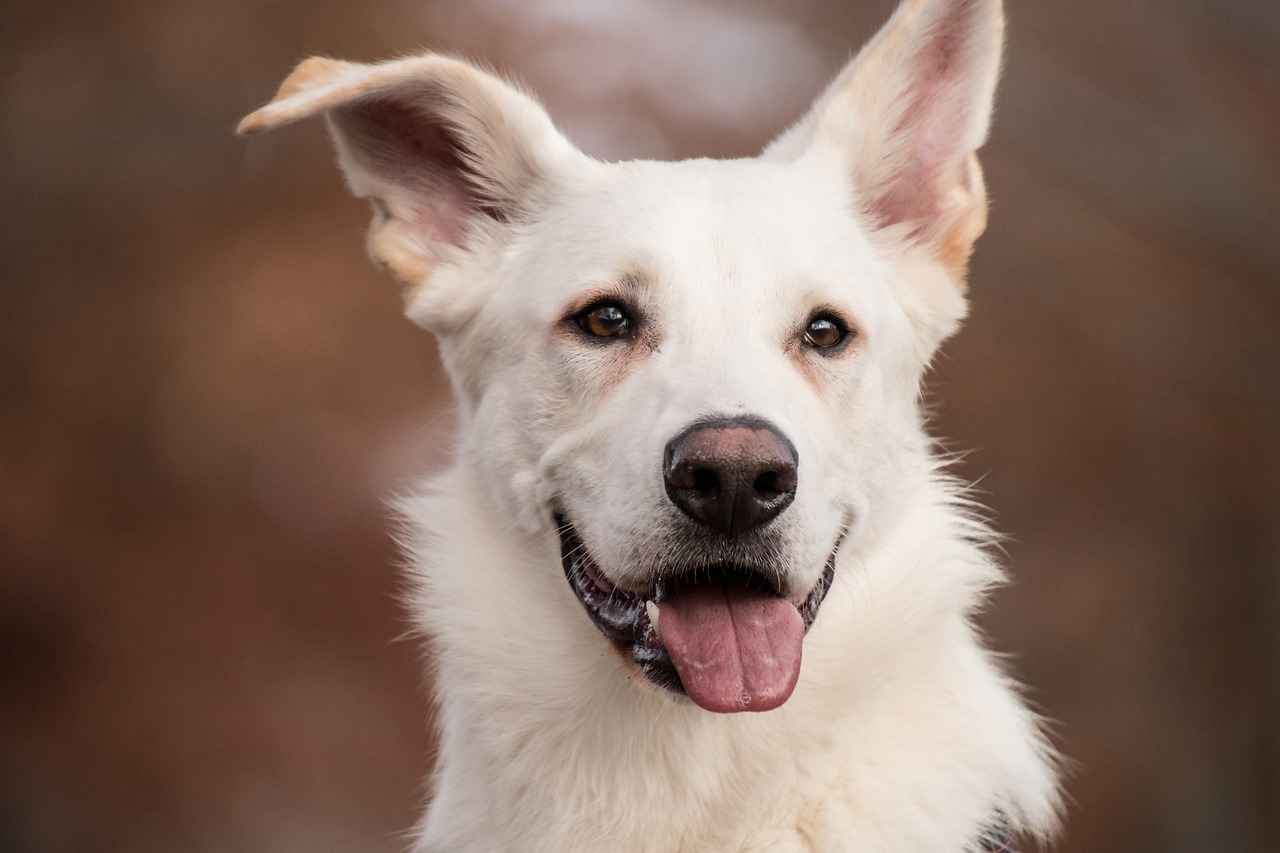
Conclusion: Ensuring Safe Dog Park Experiences
Creating a safe environment in dog parks is essential for the well-being of all pets and their owners. It requires a combination of awareness, responsibility, and proactive measures. By understanding dog behavior and implementing appropriate actions, dog owners can significantly reduce the risk of incidents and promote positive interactions among dogs.
First and foremost, it is crucial for dog owners to educate themselves about the signals of canine communication. Recognizing signs of aggression or anxiety can play a pivotal role in preventing conflicts. For instance, a dog that is growling, baring its teeth, or has a stiff posture may be feeling threatened. By being aware of these behaviors, owners can intervene before situations escalate.
Moreover, responsibility extends beyond understanding dog behavior. Owners should ensure their dogs are well-socialized and trained to respond positively to other animals. Engaging in regular training sessions and socialization activities can help dogs learn appropriate behaviors in public settings.
It is also important to implement proactive measures. This includes using leashes and muzzles when necessary, especially in crowded areas. These tools not only ensure the safety of your dog but also provide peace of mind to other park-goers. Additionally, keeping a watchful eye on your dog at all times can help identify potential issues before they arise.
In conclusion, fostering a safe dog park experience is a shared responsibility. By being aware of dog behavior, taking necessary precautions, and promoting a culture of respect among dog owners, incidents can be minimized. Ultimately, the goal is to create a harmonious environment where dogs can play freely and safely.
Frequently Asked Questions
- What should I do immediately after my dog is bitten?
First, assess your dog’s injuries. Look for visible wounds and signs of shock. If the bite seems serious, seek veterinary care right away. Keeping calm and ensuring your dog feels secure is crucial during this stressful time.
- How can I tell if my dog is being aggressive?
Watch for signs like growling, barking, or stiff body posture. If your dog shows these behaviors, it might be feeling threatened. Understanding these signals can help you intervene before a bite occurs.
- Are dog owners liable if their dog bites another dog?
Yes, dog owners can be held liable depending on circumstances such as leash laws and previous aggressive behavior. It’s essential to know your local laws to understand your responsibilities as a pet owner.
- What preventive measures can I take to avoid dog bites?
Socializing your dog and providing proper training are key. Using leashes and muzzles in public can also help ensure safety. The more positive experiences your dog has with others, the less likely it is to react aggressively.
- When should I seek professional help for my dog’s behavior?
If your dog consistently shows aggression or if you suspect medical issues might be affecting its behavior, it’s time to consult a professional trainer or veterinarian. Early intervention can lead to better outcomes.
